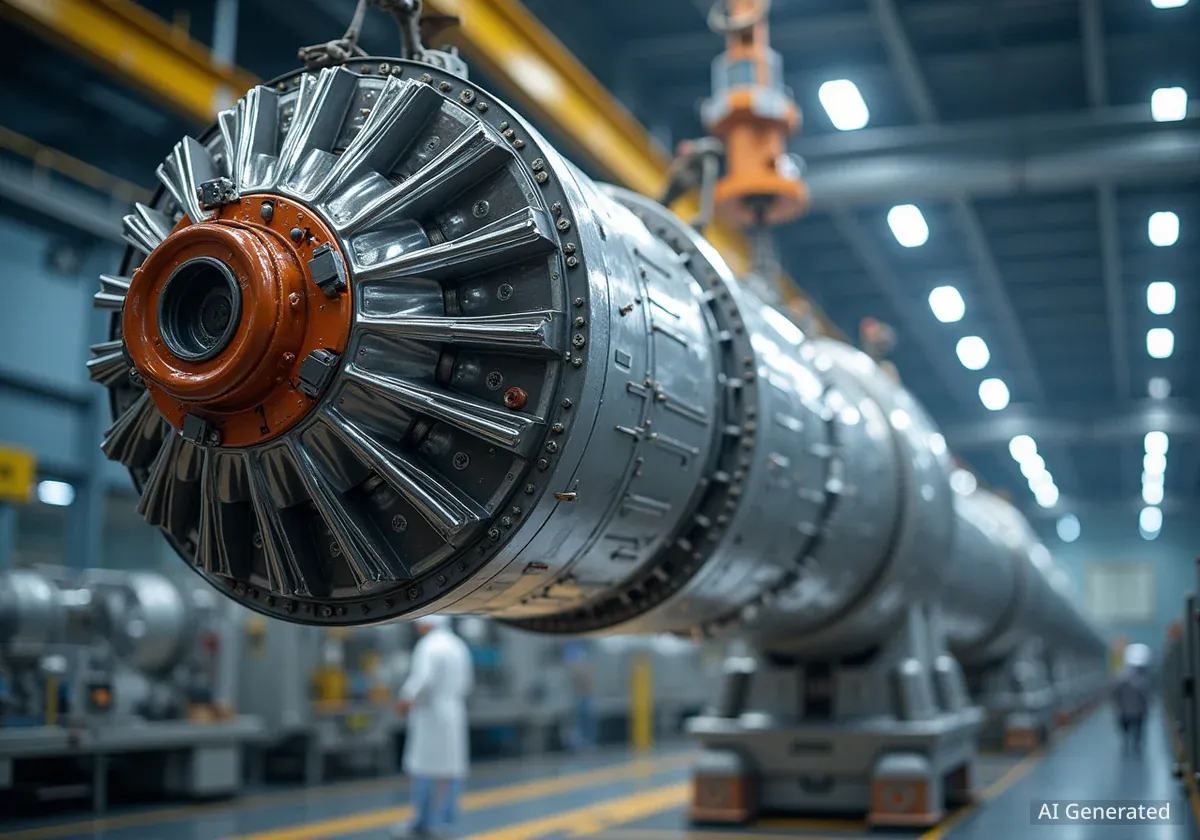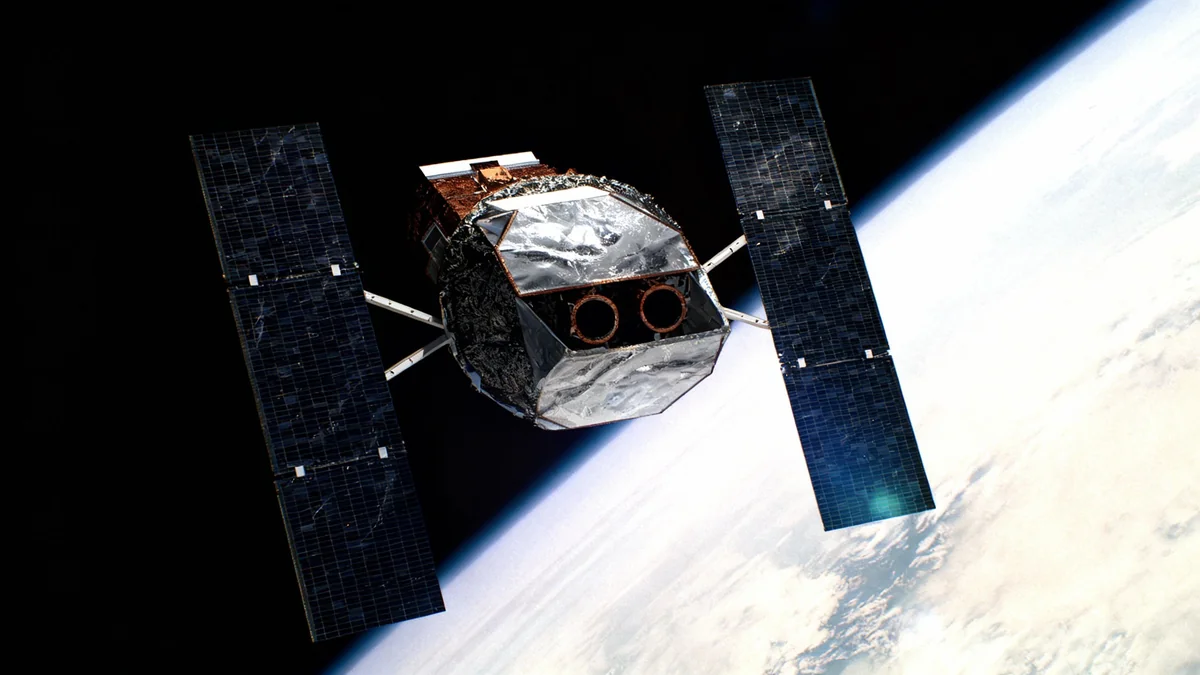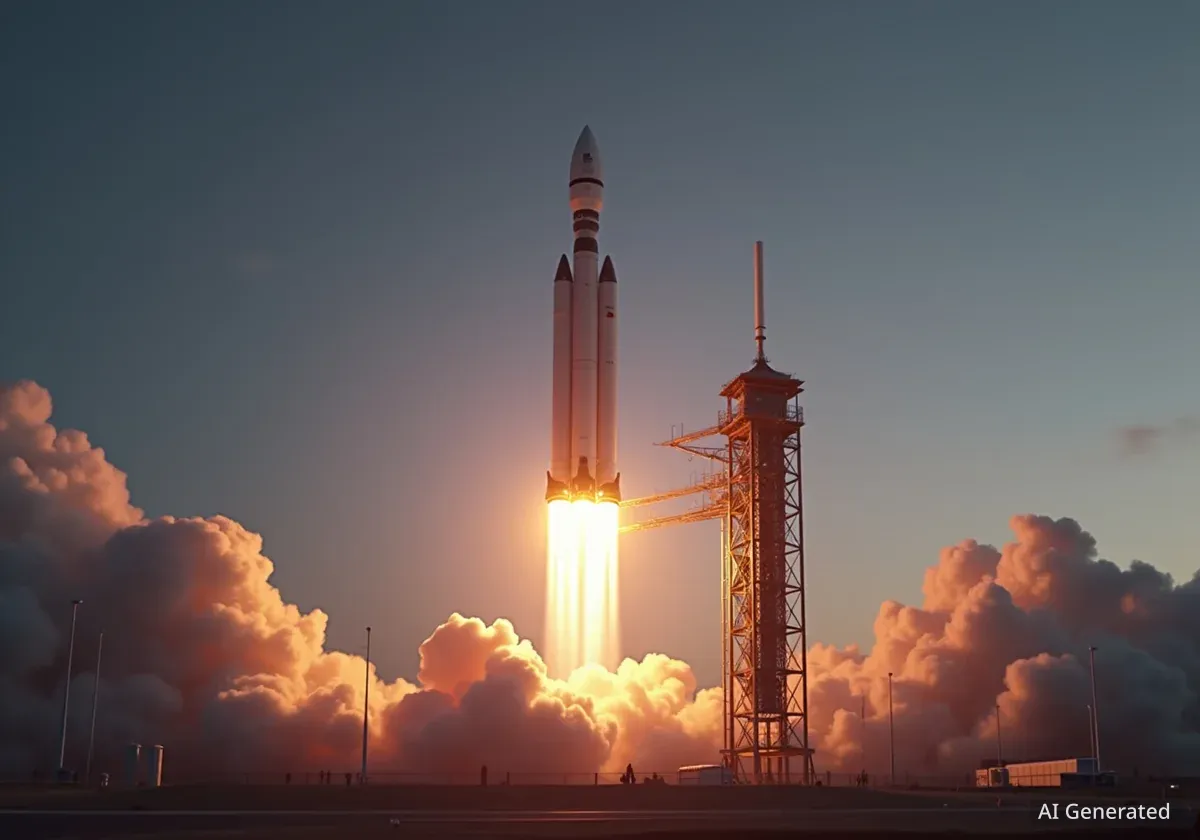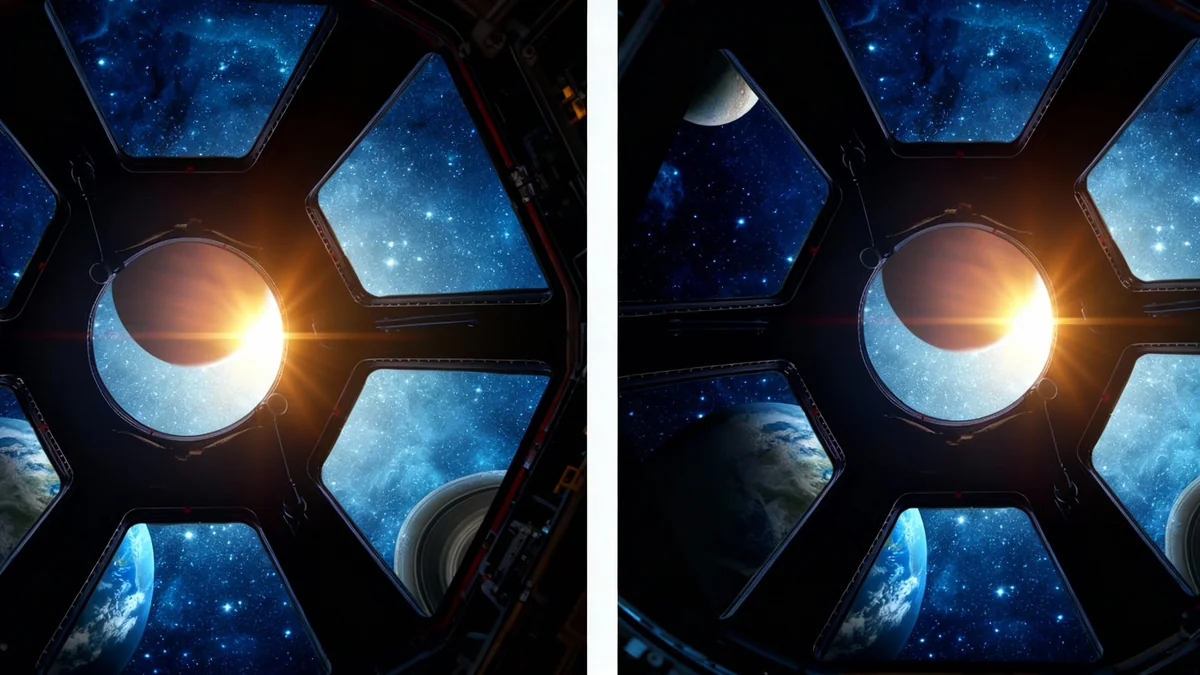Voyager Space has awarded a contract to Vivace Corporation for the manufacturing of the primary structure of the Starlab commercial space station. This development is a key step in the plan to create a private successor to the International Space Station (ISS), with Starlab's launch scheduled for 2029.
The agreement positions Vivace, an aerospace manufacturing firm, at the center of building the foundational metallic framework for the habitat module. This work supports NASA's broader strategy to foster a commercial economy in low-Earth orbit (LEO) as the ISS nears its scheduled retirement.
Key Takeaways
- Vivace Corporation will manufacture the primary metallic structure for the Starlab space station.
- Starlab is a joint venture between Voyager Space and Airbus, designed as a commercial replacement for the ISS.
- The project is part of NASA's Commercial Low-Earth Orbit Destination (CLD) program.
- The Starlab station is targeted for a single-launch deployment in 2029.
A Critical Step for Commercial Space Infrastructure
The selection of Vivace Corporation marks a significant manufacturing milestone for the Starlab project. The company is tasked with fabricating the main structural components that will form the backbone of the station's crew habitat. This work is foundational to the entire Starlab architecture, which is designed for a single-launch deployment.
Starlab Space, the joint venture leading the project, emphasized the importance of this partnership. The primary structure must meet stringent safety and performance standards required for human spaceflight. Vivace's role involves precision manufacturing and assembly of the metallic elements that will eventually integrate with the station's other systems, including an inflatable habitat section.
What is the Commercial LEO Destination Program?
NASA's Commercial Low-Earth Orbit Destination (CLD) program is a strategic initiative to ensure a continuous U.S. presence in LEO after the International Space Station is decommissioned around 2030. Instead of building another government-owned station, NASA is funding private companies to develop their own commercial space stations. NASA plans to be one of many customers, purchasing services like research time and crew access from these private operators.
The Starlab Design and Mission
Starlab is one of the leading concepts in the race to build the next generation of space stations. It is being developed as a continuously crewed, free-flying platform intended to serve a global customer base of space agencies, researchers, and commercial companies.
The station's design features a unique hybrid architecture. It combines a large metallic structure with an inflatable habitat, allowing for a spacious interior volume to be launched on a single heavy-lift rocket. This approach aims to reduce launch costs and complexity compared to the multi-module assembly of the ISS.
Core Components of Starlab
The station is comprised of several key elements that Vivace's work will directly support:
- Habitat Module: A large, pressurized volume for crew living quarters, research labs, and operations.
- Service Module: Houses the station's power, propulsion, and life support systems.
- Robotic Arm: A critical tool for handling payloads, conducting maintenance, and supporting spacewalks.
The total pressurized volume of Starlab is expected to be about half that of the ISS, but its design is optimized for efficiency and modern research needs. It is engineered to support up to four astronauts at a time, dedicated to science and commercial activities.
Starlab by the Numbers
- Launch Target: 2029
- Crew Capacity: Up to 4 astronauts
- Pressurized Volume: Approximately 340 cubic meters
- Power Generation: 60 kilowatts
- Program Funding: Received $160 million from NASA under a Space Act Agreement.
Vivace Corporation's Role and Expertise
Vivace Corporation is an established player in the aerospace and defense manufacturing sector. The company specializes in complex structural assemblies, which makes it a logical choice for a project as demanding as a human-rated space station. Its experience with advanced materials and manufacturing techniques will be crucial for the Starlab structure.
According to project leaders, the decision to partner with Vivace was based on their proven track record in delivering high-reliability hardware for critical applications. The primary structure is not just the station's skeleton; it is a vital component of the pressure vessel that protects the crew from the vacuum of space.
"Partnering with experienced manufacturers like Vivace is essential as we move from design to flight hardware. Their expertise in building complex aerospace structures will help us stay on track for our 2029 launch goal," a Voyager Space representative noted in a related statement.
The Future of Low-Earth Orbit
The development of Starlab is part of a larger shift in human spaceflight. With the ISS approaching the end of its operational life, NASA is actively encouraging the growth of a commercial marketplace in LEO. This strategy is intended to lower costs for the U.S. government and allow NASA to focus its resources on deep-space exploration missions, such as the Artemis program to the Moon and Mars.
Starlab is competing with other commercial station concepts, including Orbital Reef, led by Blue Origin and Sierra Space. The success of these private ventures is seen as critical for maintaining American leadership in space and continuing the important scientific research that has been conducted on the ISS for over two decades.
The contract with Vivace is a tangible sign that the post-ISS era is taking shape. While the launch is still several years away, the process of bending metal and building the core components of the next human outpost in orbit has now officially begun. This step moves the concept of a commercial space economy from an idea into a physical reality.





